
After waiting for who knows how many months, we finally have the final chapter of the Spanish Travel Notes series. After such a long time, Ah Y will help you recall the contents of the first two chapters. In Islam and Christianity we visited various religious sites in Spain and saw the traces left by each religion in Spain; in Imperial Power and Secularity we started from the residence of ordinary people, Traces of ancient imperial power and modern corporate power were seen. And today's New Architecture and Old City we will talk about several old city neighborhoods and several Spanish New School buildings.
<1>
New buildings and old cities
As a country that did not suffer particularly heavy losses in World War II, Spain has left behind many amazing cultural monuments. We have talked about many of them in the previous two issues. Whether it is Christianity or Islam, Romans or Arabs, they have left indelible records on this land. There is even a joke that if you want to see the most perfectly preserved Islamic architecture, you have to go to the Alhambra Palace in Christian Spain.
Various ancient cities remain in Spain's major urban agglomerations. Unlike many large-scale demolitions and constructions, most Spanish cities are divided into new cities and old cities. In the old city, there are more restorations and reconstructions of similar scales and facades to adjacent buildings, while the new city is rebuilt according to modern designs, so the old city almost retains its original appearance.
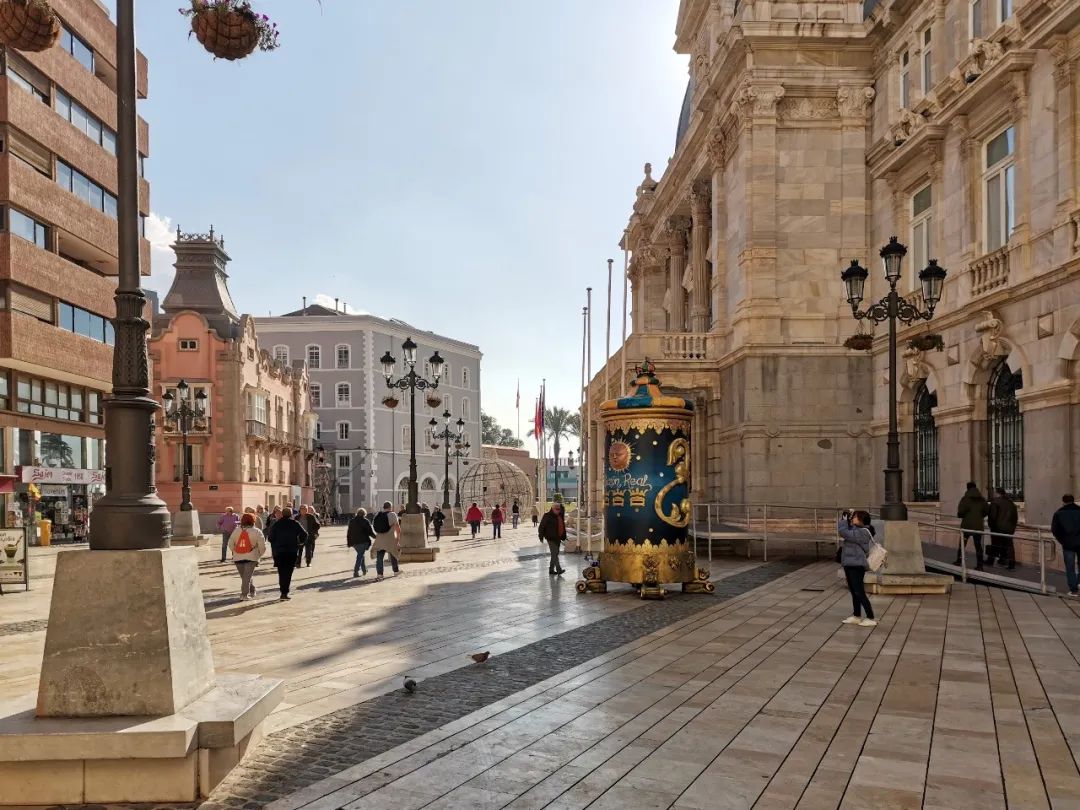
(In Spain, new buildings stand opposite old towns)
However, the enthusiastic Spaniards did not rest on their laurels. They still actively embraced the forefront of architecture. From the high-tech to the new rural Spaniards, they all left their mark.
Toledo ancient city
Toledo is the city where the Toledo Church we mentioned last time is located. It is also the original capital of Spain. It is surrounded by mountains and water. From a Feng Shui perspective, it is a perfect city. As the best preserved ancient city in Spain, Toledo's architectural complex retains the characteristics of a Spanish mountain town - small-scale streets, dotted squares, and various large-scale churches, barracks, and royal palaces.

(Toledo - a mountain town in Spain)
Although the main streets are narrow and narrow lanes, there are also wide avenues and squares. Standing on a high place and looking along the avenue, the river in the distance lies on the horizon. Although it is not as good as the sea, it is still the same color as water and sky.
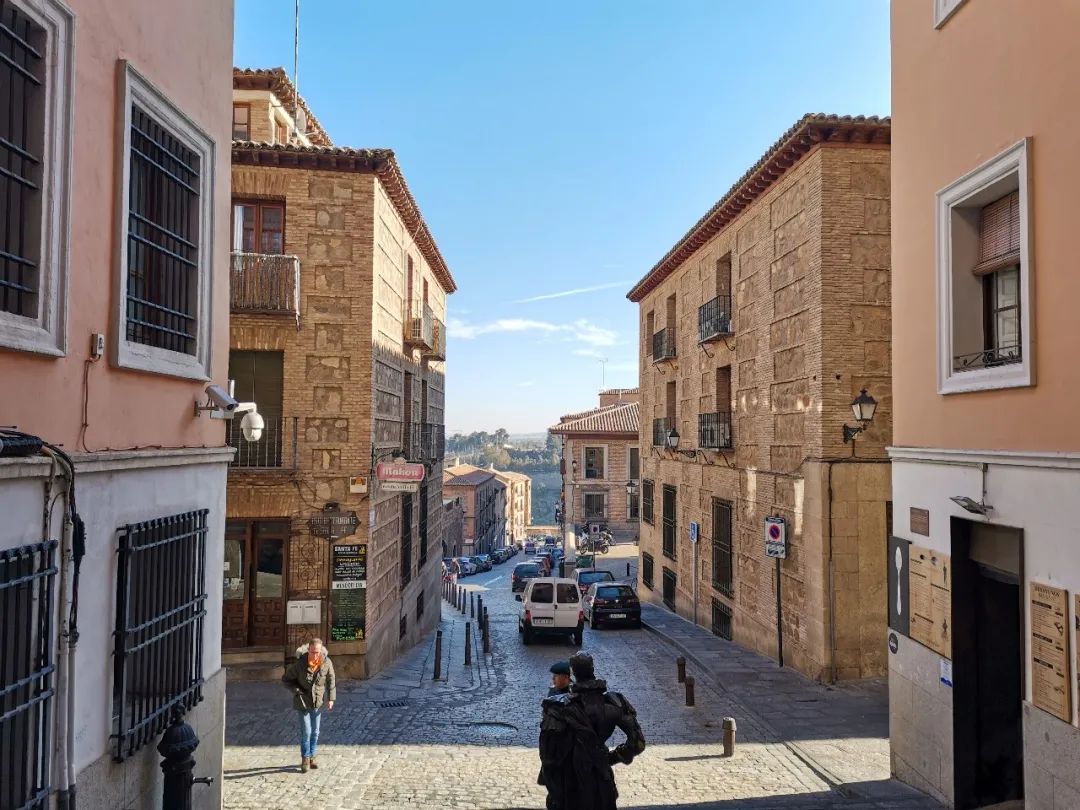
(Looking at the river along City Avenue)
Ronda
Unlike Toledo, Ronda is a small town located on the top of a cliff. The town is split in half by a natural chasm, and there is only a stone bridge connecting the two parts. Under the cliff is an endless plain, with gurgling streams flowing in the canyon.

(Lunda’s natural moat)
Hemingway said that if you want to honeymoon in Spain or elope with someone, Ronda is the best place. For a place to be suitable for elopement, it must meet two conditions: First, it must have beautiful scenery. Only in places with beautiful mountains and rivers can you think about falling in love. Second, it must be inaccessible. Elopement is safest only in a place with few people.

(Viewing the plains in Ronda)
There is only one medieval bridge connecting the two areas of the town. Because Ronda is known as an elopement sanctuary, this bridge is also called the Elopement Bridge.

(Ronda’s Elopement Bridge)
city of arts and sciences
There is a small city called Valencia south of Barcelona. Although the town is small, it has wonderful buildings. In the center of the town is the City of Arts and Sciences, the work of the famous structural engineer and architect Calatrava.
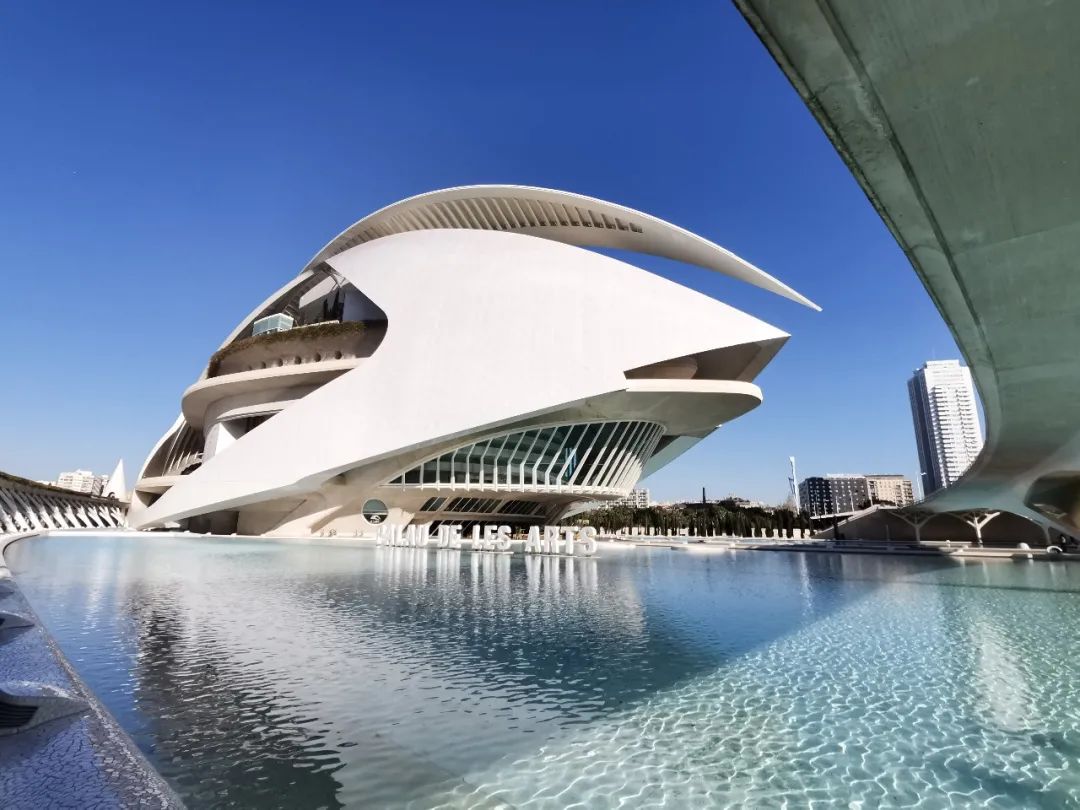
(Such as the Gladiator Helmet of the City of Science and Art)
The City of Science and Art is a complex of buildings, consisting of five public buildings and a bridge. All buildings adopt the bionic technique favored by Calatrava. From a specific point of view, the City of Science and Art looks like It is a fish floating on the water, half above the water and half under the water.
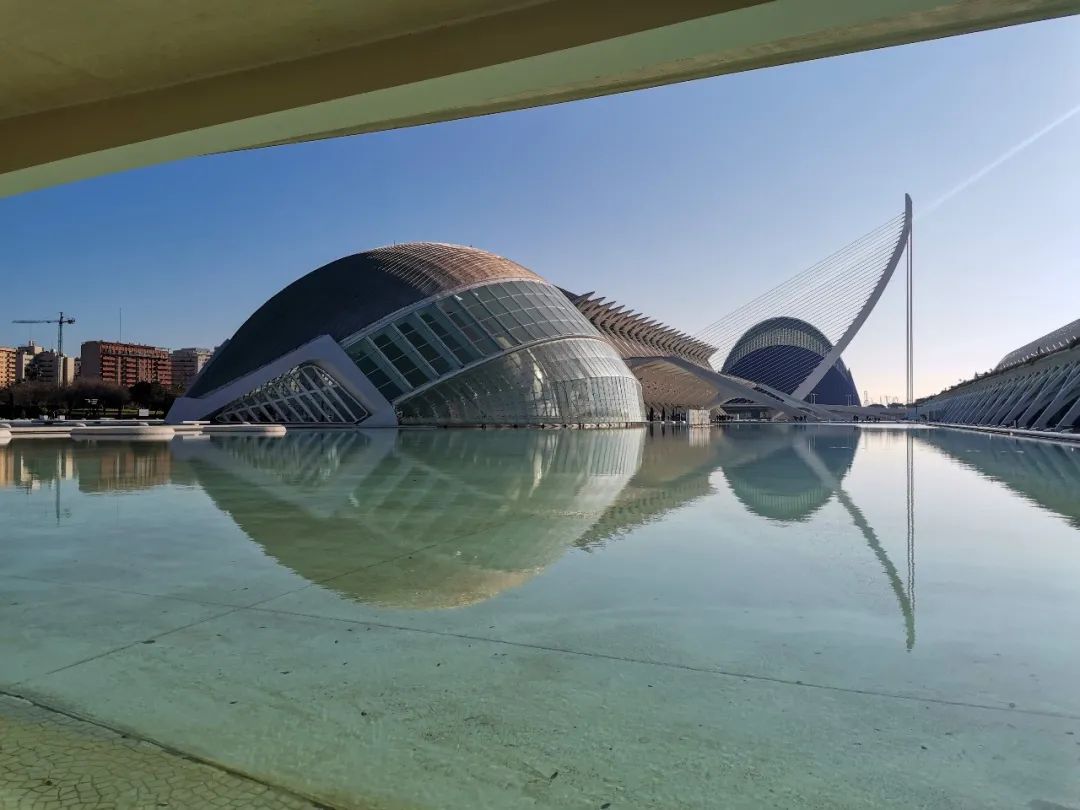
(fish floating on the water)
Calatrava's architecture is in the same line as Gaudí's, both imitating nature. But unlike Gaudí, Calatrava’s imitation of nature is more of a structural art treatment. From ribs to fish skeletons, from animal tissues to plant leaves, these are all ideas that Calatrava imitated.

(fishbone walkway)
In addition to the imitation of structures, there are also some optical illusions formed by clever use of structural methods in the City of Science and Art. You can't see the mystery by walking normally, it just seems to be floating on the edge of the water.

(floating stool)
RCR Office
Different from Calatrava's high-tech structuralism, RCR Office's inheritance of Spanish architectural tradition is based on a kind of thinking about vernacular architecture. There is a small town called Girona near Barcelona, and many buildings nearby are the work of this studio.
In Paramos, a small seaside town under Girona, there is a vineyard in the mountains next to it, and in the vineyard there is a wine-making and tasting workshop buried underground, which is the masterpiece of this office. The underground winery is designed with light to show a sense of religion and ritual.
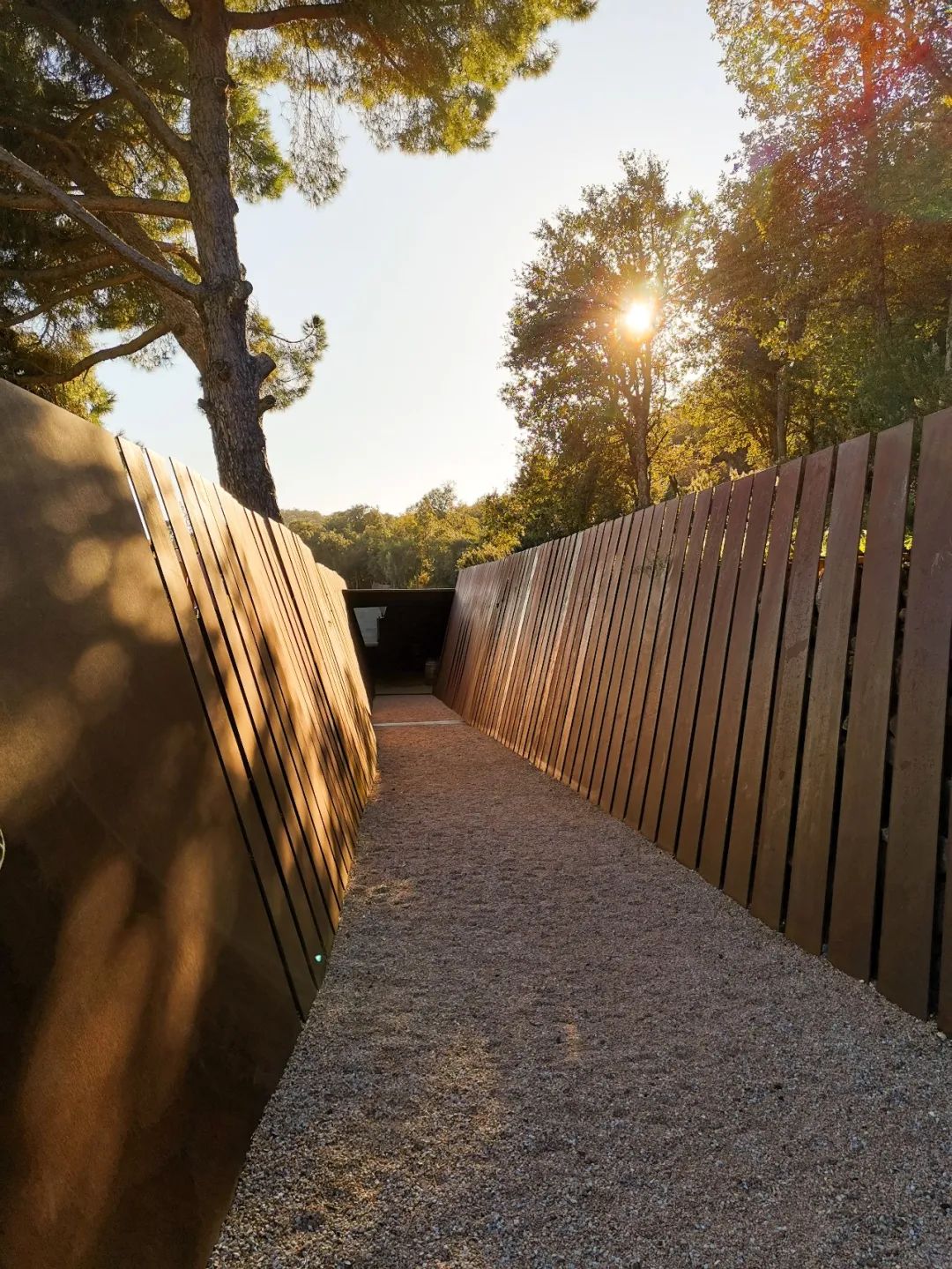
(The sun shines on the entrance of the wine cellar)

(like a tasting room where mystical religious rituals are performed)
On the edge of the small town of Olot in Girona, there is also an unusual RCR-style design. As a community stadium, the Barcelona Stadium does not completely level the site and then create new human traces on the environmental ruins as usual; instead, it adopts a borderless approach to retain part of the original environment. It is neither a complete clearing of the site and erasing everything nor a vague integration of man-made buildings into the original site, but something in between: acting as a colorless border so that people and artworks can show their true nature. face.
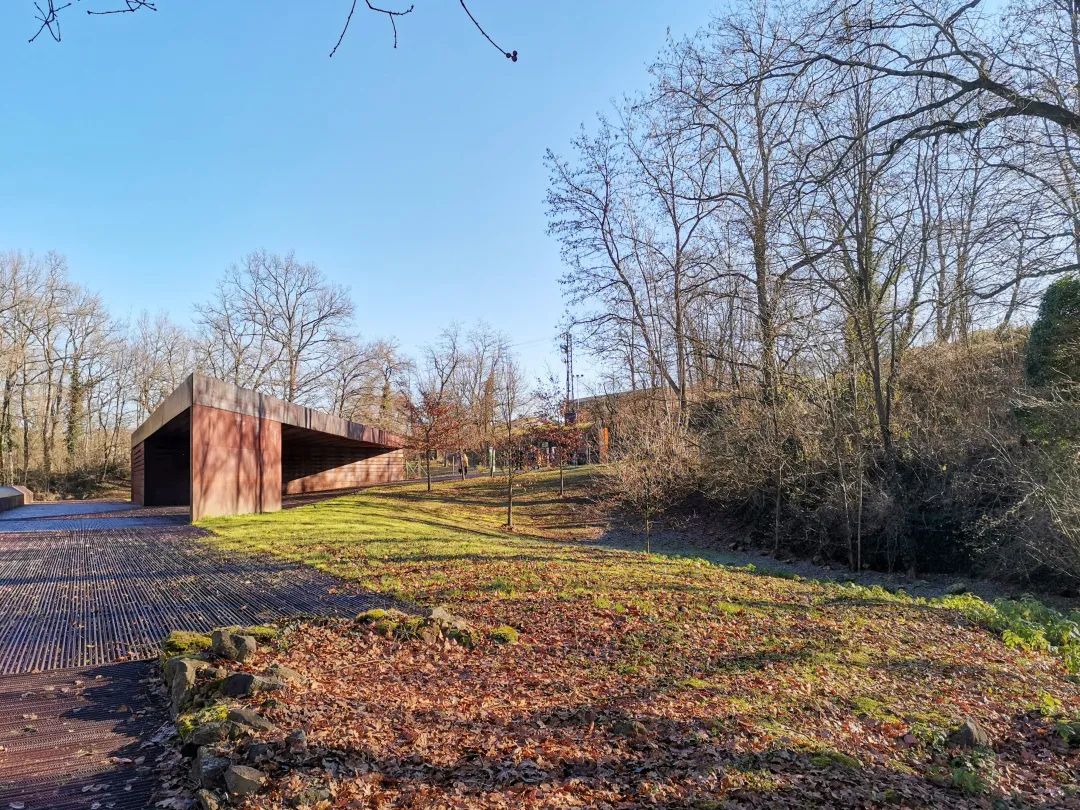
(Luoyezhong Stadium)

(In the middle of the stadium is an original forest)
Spain is a country of passion and contradiction; a country that combines various religions, social systems, old and new features; a country that is constantly changing while retaining the past. These three travel notes can only give a glimpse of the whole picture of Spain. If readers become interested in Spain after reading them, it will be considered a great honor for the author. Naturally, if you want to know more about Spain, it is recommended to go and experience it in person after the epidemic has completely subsided.
After procrastinating for so long, this series is finally over. Thank you for reading. Next, we may write some travel notes about Scotland, so stay tuned.


